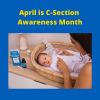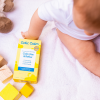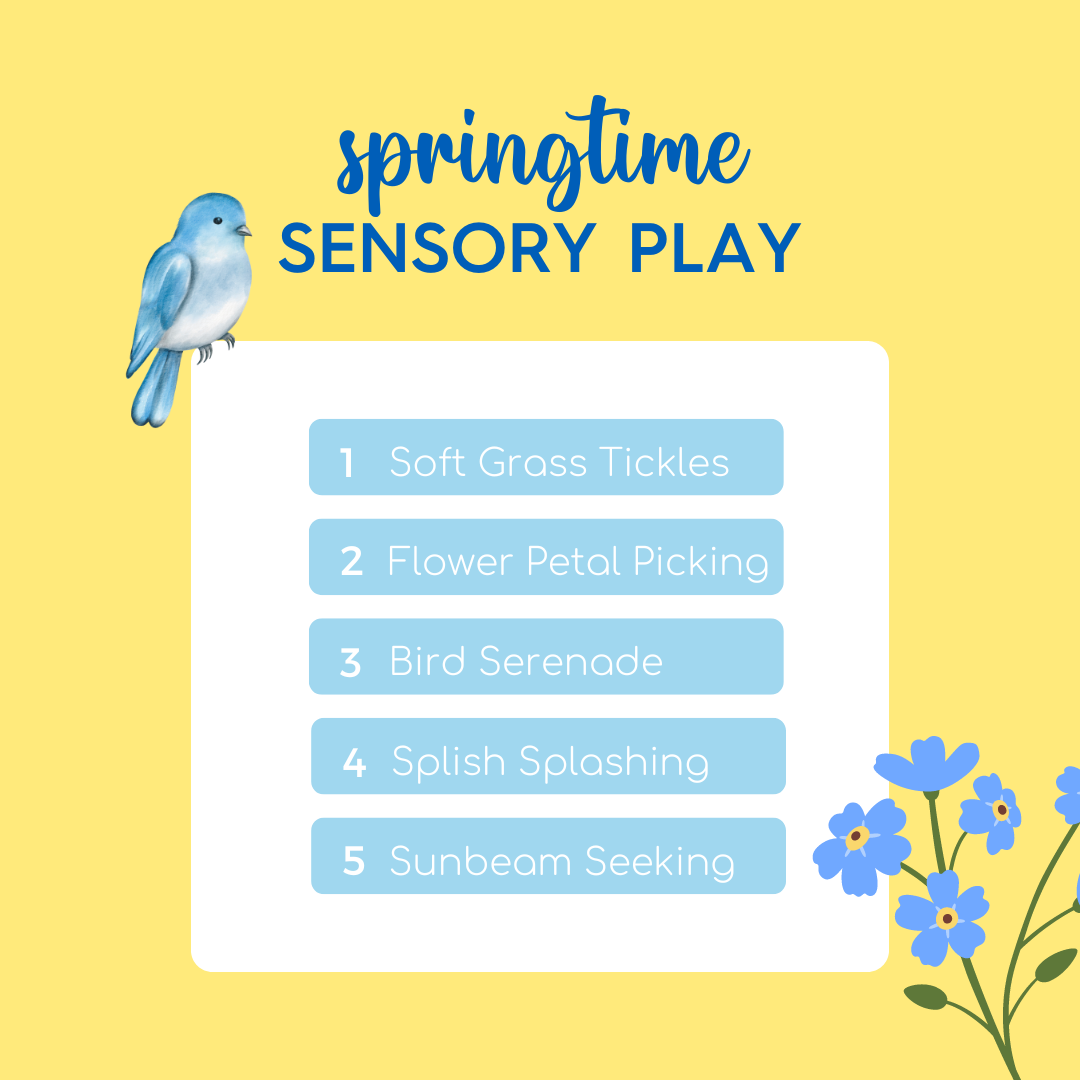Biggest Myths about Breast Feeding

The history of breastfeeding is an interesting one. Prior to the industrial revolution, breast milk was considered essential. Once more jobs became available to women and women’s roles began to evolve to be more than just inside the home breastfeeding took a backseat and families fed their babies all sorts of things or tried creating their own formulas at home. This led to the development of the first powdered formula made of wheat flour, malt flour, potassium bicarbonate and heated cow’s milk. The first formula was developed in Germany in the early 1860’s and by the end of 1869 had made its way to the United States.
For over a century, there has been an ebb and flow between formula feeding and breastfeeding as the cultural preference. With the leaps in science, we’ve made since the late 1800’s we now understand the benefits of breastfeeding. As a new mom, chances are you’ll be on the receiving end of many mixed messages about what is the best way to feed your baby. Breastfeeding is different for everyone and it’s okay if it isn’t a journey that you choose to take. With so much information out there, it can be hard to access what you need. We’ve debunked the top breastfeeding myths to help you with your personal infant feeding journey.
Breastfeeding Myths
1. Breastfeeding is easy/ Babies naturally know how to breastfeed
While breastfeeding is biologically natural, it’s actual a learned behavior. Like any new skill, it takes practice, time, and patience to master. Lactation consultants are much more common and readily available for help which can cut down on the frustrations experienced during breastfeeding.
2. If baby is nursing frequently, you’re not producing enough milk
There are a variety of reasons why babies are nursing frequently. They could be building your milk supply, which is called “cluster feeding” or just suckling for comfort. Most women make enough milk for their baby. If you’re worried about your output, look for the following signs:
• By the time your baby is four days old, they should have at least six wet diapers each 24 hour period.
• By the time your baby is four days old, they should have at least three or more poopy diapers, with yellowish colored poop.
• Your baby’s urine is pale and diluted.
• Your baby is breastfeeding at least eight times in a 24-hour period.
• Your baby regains their birth weight by 10 to 14 days old.
• Your baby is gaining about four to eight ounces per week.
• During a feeding, you should be able to see and hear the baby swallow.
• During a feeding, your baby should have a rhythmic suckling pattern.
3. Your doctor is knowledgeable about breastfeeding
Physicians who care for women and children should have the knowledge and skills to provide evidence-based patient care and at a minimum understand the importance of lactation and human milk. While many physicians biologically understand the role of breastfeeding, they are not solely focused on the act of lactation. Due to this, we recommend supplementing with guidance from a lactation consultant who provides the full range of breastfeeding care and can navigate challenging situations.
Lactation consultants will understand and educate you on how to breastfeed, techniques and holds and how to establish a supply. To find a lactation consultant near you, visit the International Lactation Consultant Association.
4. If I drink, I need to pump and dump
If you occasionally have a drink, there is no need to pump and dump. The American Academy of Pediatrics recommends waiting two hours to nurse after each alcoholic beverage is consumed (based on 1oz. of alcohol, one 12oz. beer or 4oz. of wine). Planning on drinking more? Consider pumping ahead of time in case your baby becomes hungry while alcohol is in your system.
5. You can’t get pregnant while breastfeeding
Breastfeeding does impact ovulation and fertility; it is not a form of birth control. It can take up to 18 months for your menstrual cycle to return while breastfeeding, but ovulation can be happening. There are forms of birth control that won’t interfere with breastfeeding, so we recommend talking with your OBGYN to identify the best contraception for you.
6. You will need to wean when you go back to work
Returning to work does not have to mean the end of breastfeeding. Many states and companies protect the rights of breastfeeding mothers and allow for adequate breaks to pump during the workday. If you’re able to pump once every three hours (mirror your infants feeding schedule), you should be able to maintain adequate milk production.
7. It’s normal for breastfeeding to hurt
Some women will experience discomfort initially with getting the baby latched to the nipple properly, breastfeeding is not supposed to be painful. Nature designed breastfeeding to feel good. There is a hormonal release of oxytocin that helps with the mother-infant bonding.
If you find yourself dreading feeding, suffering through pain, or tensing up while your child is nursing, something isn’t working. A lactation consultant can help you diagnose and solve the issue.
8. Breastfeeding is just for comfort past age 1
The American Academy of Pediatrics updated the breastfeeding recommendations as of June 2022 to support parents who choose to breastfeed their infant to age 2 and beyond. Breastmilk is still full of good nutrients and continues to change to meet the needs of your growing child from infancy through toddler.
If you are in need of additional breastfeeding support, the La Leche League International is a great resource to provide information and support for your journey.
 Canada
Canada South Africa
South Africa UK
UK EU & Int
EU & Int Ireland
Ireland Australia
Australia Brazil
Brazil New Zealand
New Zealand


















Comments